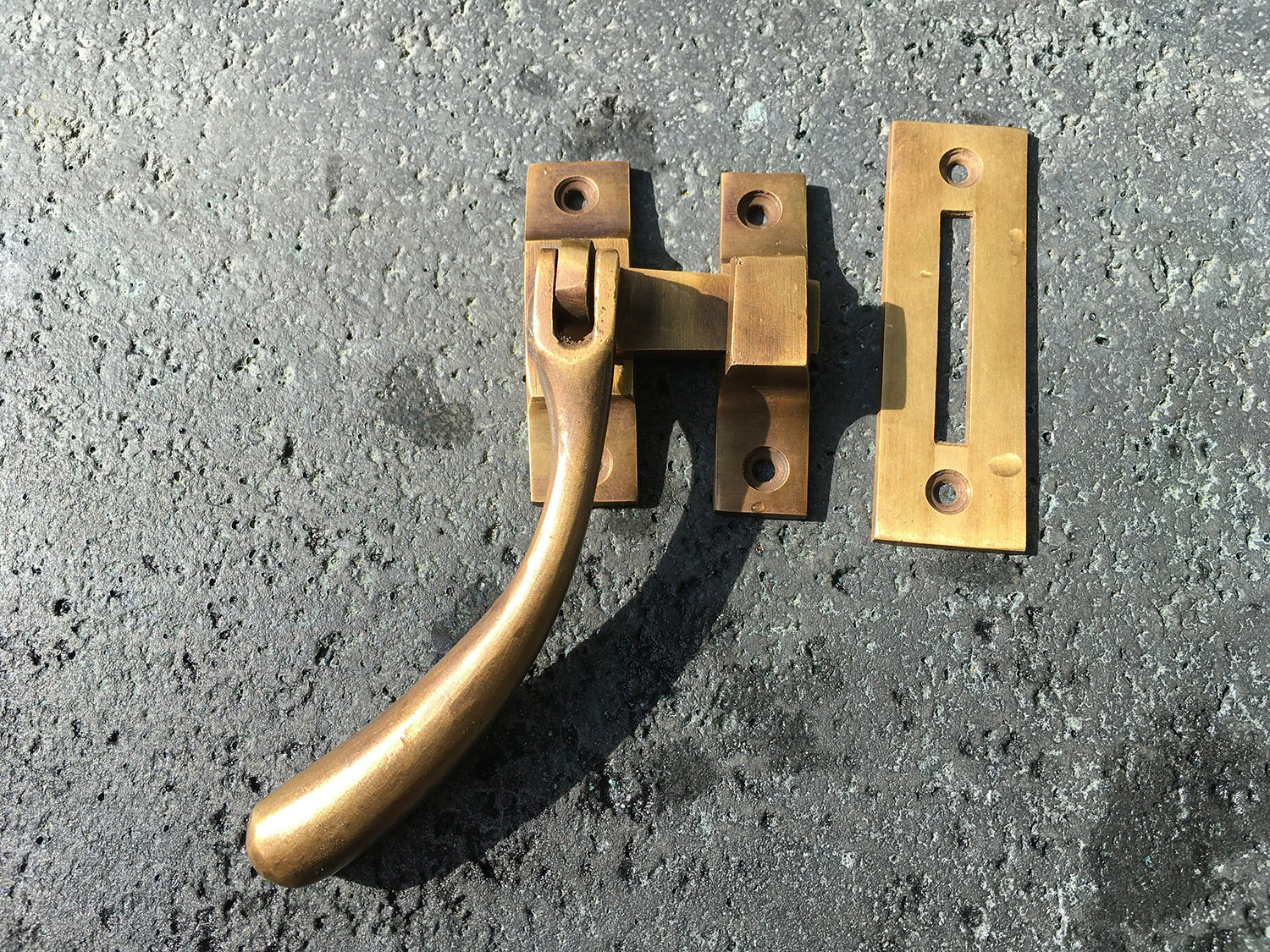Identifying and Appraising Antique Cabinet Door Latches

The accurate identification and appraisal of antique cabinet door latches require a keen eye for detail and a solid understanding of historical context, manufacturing techniques, and stylistic evolution. Careful examination of various features allows for a reasoned assessment of age, origin, and ultimately, value. This process involves a combination of visual inspection, material analysis, and a familiarity with established maker’s marks and design trends.
Identifying and appraising antique cabinet door latches involves a multi-faceted approach encompassing the analysis of maker’s marks, design characteristics, materials, and condition. A thorough examination allows for a comprehensive understanding of the latch’s history and value.
Identifying Common Hallmarks and Maker’s Marks
Maker’s marks, often subtly etched or cast into the metal, provide invaluable clues to the latch’s origin and manufacturer. These marks can range from simple initials or abbreviated company names to more elaborate logos or crests. For example, a small “S&B” might indicate a latch produced by a specific firm, while a more intricate design could signify a higher-end manufacturer or a particular period of production. Furthermore, the style of the lettering and the method of application (e.g., stamped, cast, engraved) can provide additional clues. Catalogs and reference books dedicated to antique hardware are crucial resources for identifying these marks and linking them to specific manufacturers and time periods. Detailed photographic records of known maker’s marks are also valuable tools. Careful comparison of the latch’s markings with those found in these resources is essential for accurate identification.
Determining the Age and Origin of Antique Cabinet Door Latches
Determining the age and origin of an antique cabinet door latch relies on a careful analysis of several key characteristics. The following features provide valuable insights:
The design features and materials used in the construction of an antique cabinet door latch are crucial in determining its age and origin. Careful examination of these elements, in conjunction with research into historical manufacturing techniques and stylistic trends, provides a robust basis for accurate assessment.
- Design Style: Specific design elements, such as the shape of the latch, the type of handle, and the overall aesthetic, can be linked to particular periods and styles. For instance, ornate, highly decorative latches are often associated with Victorian-era furniture, while simpler, more minimalist designs might point towards earlier periods or specific regional styles.
- Materials: The materials used in the latch’s construction provide significant clues. Brass, wrought iron, and cast iron were common materials, with their use varying across different periods and regions. The presence of specific metals or alloys, such as nickel silver or specific types of brass, can help narrow down the potential time frame.
- Construction Techniques: The methods used to construct the latch, such as casting, forging, or machining, provide further insights. For instance, hand-forged latches are generally older than machine-made counterparts. The level of craftsmanship and the presence of hand-finishing details also contribute to the assessment of age and origin.
- Hardware Style: The overall style of the latch – whether it is plain, ornate, geometric, or floral – is strongly indicative of the period and region of origin. The presence of specific decorative motifs or patterns can further refine the dating process.
Factors Influencing the Value of Antique Cabinet Door Latches
Several factors contribute to the value of antique cabinet door latches. Rarity, condition, and historical significance all play a significant role in determining market worth. Rarity, often dictated by limited production runs or unique design features, significantly impacts value. Exceptional condition, with minimal wear and tear, commands a higher price than latches showing significant damage or restoration. Historical significance, linked to the maker, the period, or association with a notable building or collection, can dramatically enhance value.
The condition of an antique cabinet door latch significantly influences its market value. A latch in pristine condition, free from damage and exhibiting original finishes, will fetch a significantly higher price than a damaged or heavily restored piece.
| Condition Level | Impact on Value | Example |
|---|---|---|
| Excellent (Near Mint) | Commands highest prices; often sought by collectors | A latch with original finish, no significant wear, and all original parts. |
| Good (Minor Wear) | Values are moderate; minor imperfections acceptable to many buyers | A latch with slight surface scratches or minor tarnishing but overall in good working order. |
| Fair (Significant Wear) | Values are lower; significant wear and tear evident | A latch with noticeable pitting, corrosion, or missing parts, but still identifiable. |
| Poor (Heavy Damage) | Values are significantly reduced; requires substantial restoration | A latch with significant damage, requiring extensive repair or parts replacement. |
